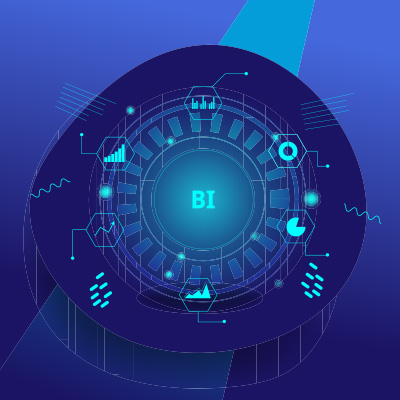We aren’t shy about the numerous benefits that remote work has to offer. That being said, as it becomes increasingly clear that remote work is going to be a part of operations in some shape or form, it will be a challenge to keep those working remotely engaged as a part of a company’s established culture. Let’s examine this issue, and a few ways to address it.
Every organization must implement a baseline of cybersecurity measures, encompassing elements such as firewalls, antivirus software, VPNs, encryption, and centrally managed security policies. However, the evolving landscape of cyberthreats means that modern cybercriminals are adept at circumventing these defenses.
While you’re reflecting over the past year of business, it’s time to also consider what your future will consist of from an operational perspective. By reducing the organizational clutter on your network, you might find that you’re paying for and hosting a lot of applications that are completely unnecessary—something that needlessly strains your bottom line.
Imagine a malicious computer virus meticulously tailored for your organization, possessing a complete understanding of your software, hardware, and the configurations that could inflict maximum damage. This cyberthreat infiltrates your system with alarming precision, targeting the most vulnerable facets of your business, and wreaking havoc in its wake.
Does your company struggle with technology and technology management? A managed service provider, or MSP, can offer services that can make any business’ job much easier by streamlining operations and ensuring important IT tasks are never left undone. Here are three major benefits of working with a managed IT service provider for your business.
It’s undeniable that remote work offers numerous benefits for workers and for businesses, but like anything good, it also presents challenges—namely in that it can affect employees’ productivity. Here are five common problems remote employees may face in maintaining productivity.
Artificial Intelligence may seem like a concept straight out of science fiction, but its practical applications often extend beyond the realms of entertainment. Consider Operation Green Light, an initiative spearheaded by Google that delves into the realm of AI for traffic control with a focus on its environmental impact, aiming to contribute positively to society.
If you want your business to succeed, you’ll need to make sure you have a data backup solution in place. Additionally, this data backup solution needs to have two specific metrics nailed down: recovery point objective (RPO) and recovery time objective (RTO). Let’s discuss what these metrics mean and why they are so important for data recovery.
Ransomware is a serious issue for modern businesses of all sizes, many experiencing attacks on a fairly regular basis—and that’s before we factor in all the other cyberthreats that a business could likely have to contend with, and the fact that those responsible for these threats are getting craftier in how they spread them. Today, there’s a good argument to be made that the best approach to security is to trust no one and nothing… without verification, at the very least.
With Business Intelligence (BI) platforms at your disposal, your organization can use data analytics to make better decisions regarding its future. However, using business intelligence platforms requires certain steps so that you can make the most of it. Here’s what you need to do to make proper use of your data.










